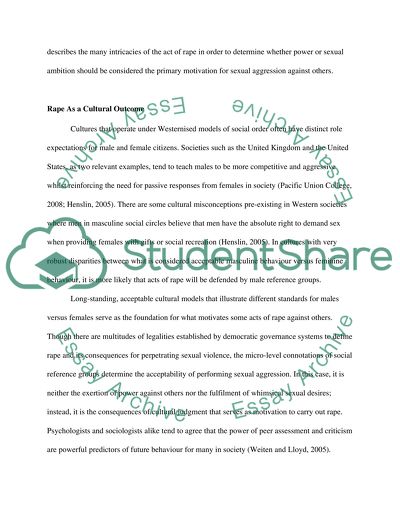Cite this document
(“Is rape a product of sexual desire or the exercise of power Essay”, n.d.)
Retrieved from https://studentshare.org/law/1403163-is-rape-a-product-of-sexual-desire-or-the-exercise
Retrieved from https://studentshare.org/law/1403163-is-rape-a-product-of-sexual-desire-or-the-exercise
(Is Rape a Product of Sexual Desire or the Exercise of Power Essay)
https://studentshare.org/law/1403163-is-rape-a-product-of-sexual-desire-or-the-exercise.
https://studentshare.org/law/1403163-is-rape-a-product-of-sexual-desire-or-the-exercise.
“Is Rape a Product of Sexual Desire or the Exercise of Power Essay”, n.d. https://studentshare.org/law/1403163-is-rape-a-product-of-sexual-desire-or-the-exercise.


